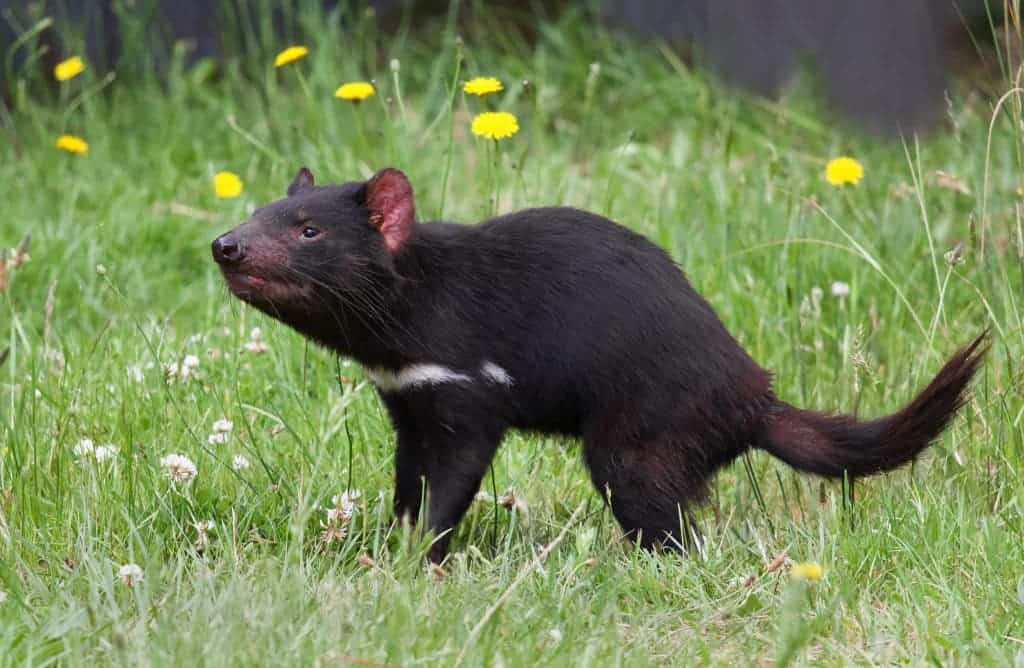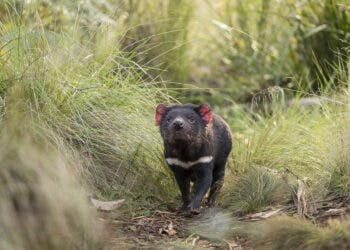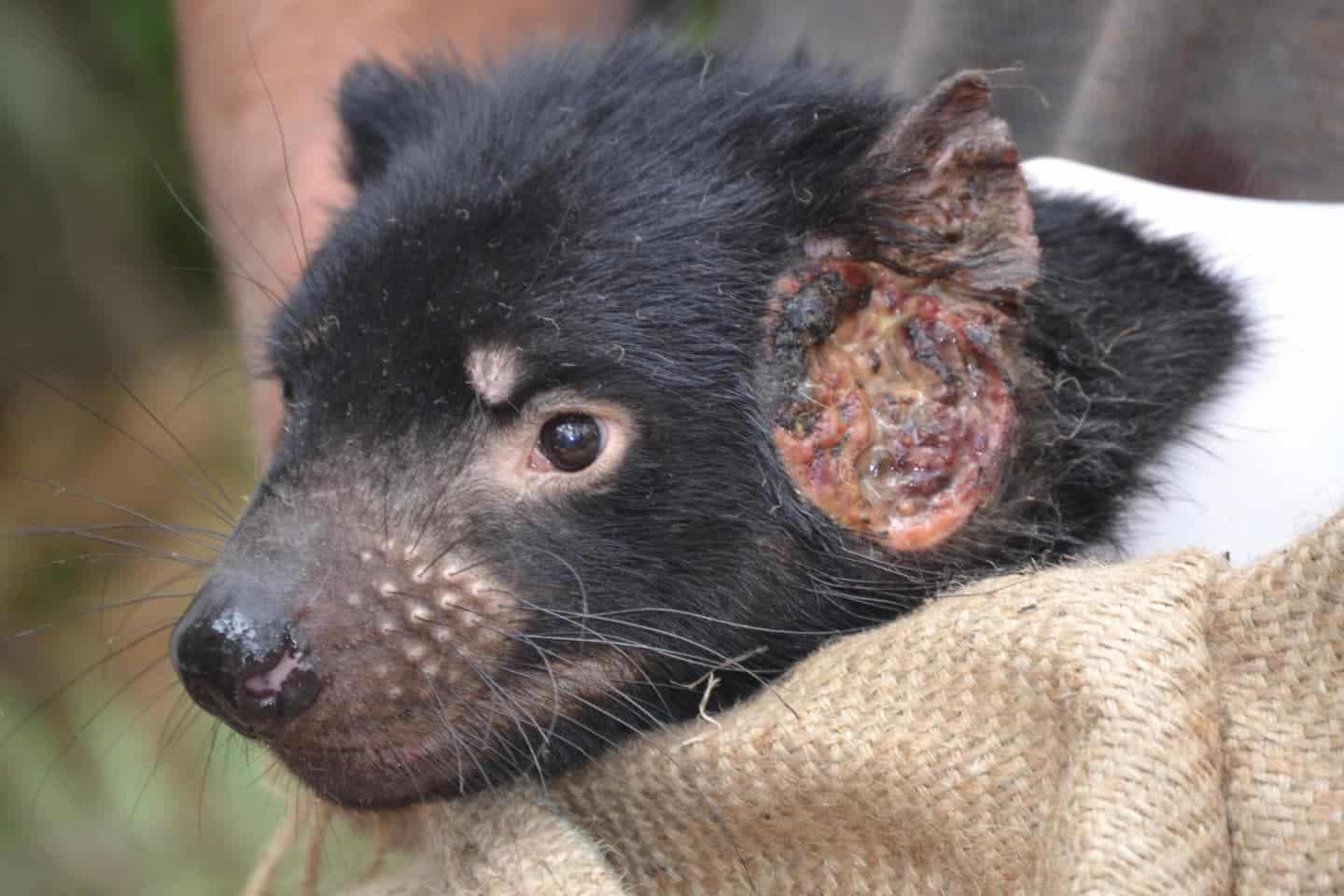An international study carried out over six years might spark new hope for Tasmanian devils threatened by the contagious devil facial tumour disease (DFTD).

Contagious cancer — those are two words you never want to hear, yet it’s what Tasmanian devils have been fighting with for years. In 1996, the first case of devil facial tumor disease was reported by scientists. It’s only one of three transmissible cancers known to man, but also one of the most unforgiving, killing almost all of its victims. Over 20 years later, the situation of the species is looking pretty grim. The carnivorous animal has suffered one of the steepest population declines ever to be documented. In just 15 years, it went from being a common animal to the brink of extinction and things are barely looking up. Recently, the devils impressively started developing resistance to this horrific disease, but it’s still an uphill battle for them — now, the little creatures might get some help from scientists.
The new research led by researchers from University of Tasmania’s Menzies Institute for Medical Research was a step-by-step laborious process, taking them closer and closer to the breakthrough. Now, Professor Greg Woods, the leader of the DFTD team at Menzies, says they’ve finally had the ‘Aha!’ moment.
“This is almost a Eureka moment for us because it’s the first time we can say for sure that it was the immunotherapy that was making the tumour shrink,” Professor Woods said.
Immunotherapy, also called biologic therapy, is a type of cancer treatment designed to boost the body’s natural defenses to fight cancer. The devils themselves inspired researchers to opt for this approach — by developing a surprising immunity response. The first such response was observed in 2009, but at the time, biologists didn’t really know what to make of it. The first time they observed it, the tumors grew, shrank, then grew again and ultimately killed the little devil. But before that, the devil managed to produce some offspring. In other words, it passed on its genes. DFTD won again, but this was just the first round. In the next generation, one more succumbed but four Tasmanian devils survived. By now, researchers knew they were on to something. When they tested the surviving devils, they found some antibodies that were not present either in animals that did not have DFTD or had normally progressing DFTD. It’s unclear by now if the resistance is passing on genetically or if there is some other mechanism here, but at the moment, a whopping 10% of that specific population now seems to be immune to cancer. This was an incredibly fast adaptation to a huge threat.
But developing an immunotherapy strategy is no easy feat. The first step in an effective understanding of the Tasmanian devils’ immune system, which is painstakingly hard lab work. Then, you have to develop a vaccine to prevent the development of DFTD in clean devils and potentially generate immunotherapy to cure devils suffering from established DFTD. They’re not quite there yet, but they’ve seen a good glimpse of how it can work.
“Our research shows that a DFTD vaccine is feasible. We are focusing our efforts on developing strategies to improve the devils’ response to immunisation,” Dr Tovar said.
Dr Cesar Tovar is the lead author on the latest paper, and he too said results are very encouraging. It is possible to trigger the devil’s immune system to recognize and destroy established DFTD tumours, and we’re slowly getting there. Hopefully, it won’t be too late.
Journal Reference: C Tovar, RJ Pye, A Kreiss, Y Cheng, GK Brown, JM Darby, RC. Malley, HV Siddle, K Skjodt, J Kaufman, A Silva, A Baz Morelli, AT Papenfuss, LM Corcoran, JM Murphy, MJ Pearse, K Belov, AB Lyons and GM. Woods (2017). “Regression of devil facial tumour disease following immunotherapy in immunised Tasmanian devils.” Scientific Reports






